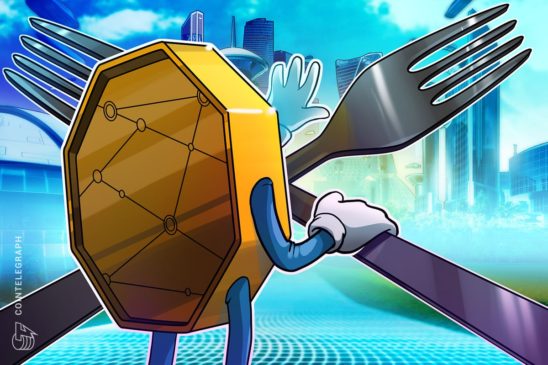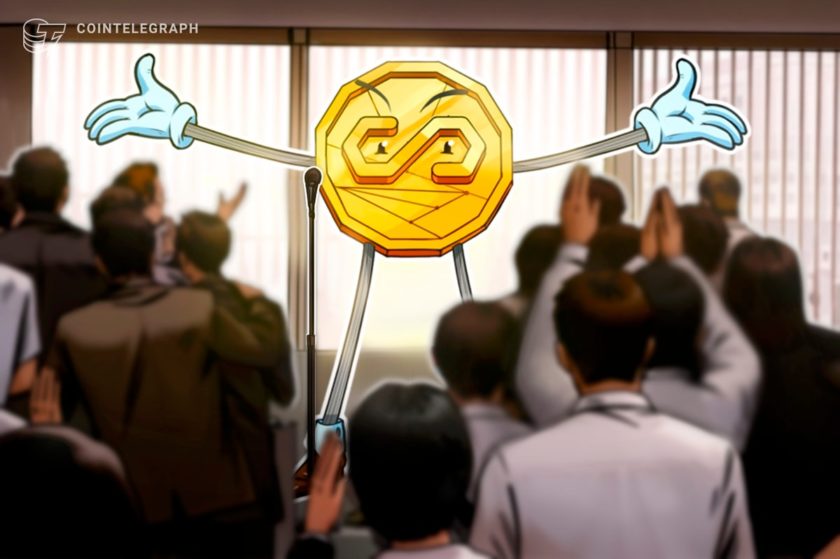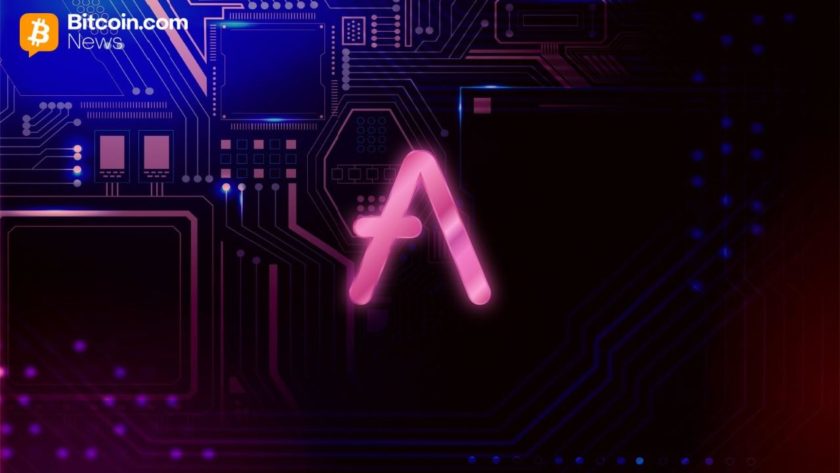Nonfungible-token (NFT) protocol Enjin has announced its transition into a new mainnet called “Enjin Blockchain” with the aim of furthering Web3 adoption. Following the transition, its Polkadot parachain called Efinity has also been forked into the new blockchain.
In an announcement sent to Cointelegraph, the Enjin team highlighted that the Enjin Blockchain will differ from other blockchain solutions that rely on smart contracts. According to Enjin, functions like creating and transferring NFTs will be integrated into the blockchain’s foundational code.
Apart from these, the blockchain also presented new features. This includes “Fuel Tanks” which lets developers subsidize user transaction fees and “Discrete Accounts” which lets users interact with projects using its blockchain without downloading specific wallet software.
Within the announcement, the team also informed its community that Efinity, its Polkadot parachain has also been forked to the new mainnet. It will be called the “Efinity Matrixchain” and will support a transition for its existing users.
Related: Here’s how developers aim to store crypto inside NFTs
Enjin co-founder and CTO Witek Radomski said that the launch of the Enjin Blockchain aims to support creativity by making it easier and economical for anyone to make and distribute NFTs. Radomski explained:
“Enjin Blockchain makes the creation and mass distribution of NFTs affordable and accessible to everyone. […] Our aim is nothing short of revolutionizing gaming, ownership, and online identity.”
Oscar Franklin Tan, the chief financial officer of Enjin, also commented that NFTs and digital ownership will be the cornerstone for what he describes as “the next wave of gaming” fueled by developments in artificial intelligence, augmented reality and virtual reality. Because of this, Enjin aims to be there to support this new “explosion of content.”
In other news, blue-chip collaterals have started to help stabilize NFT lending. In a recent statement to Cointelegraph, NFT protocol Paraspace highlighted that despite accumulating NFT loans of over $280 million, the protocol did not have any bad debt and only had 16 NFT liquidations. According to its team, it owes its success to the rule allowing only blue-chip NFTs to be used as collateral.
NFT Creator: Top 10 crypto artist Trevor Jones on being rich, rekt and rich again



